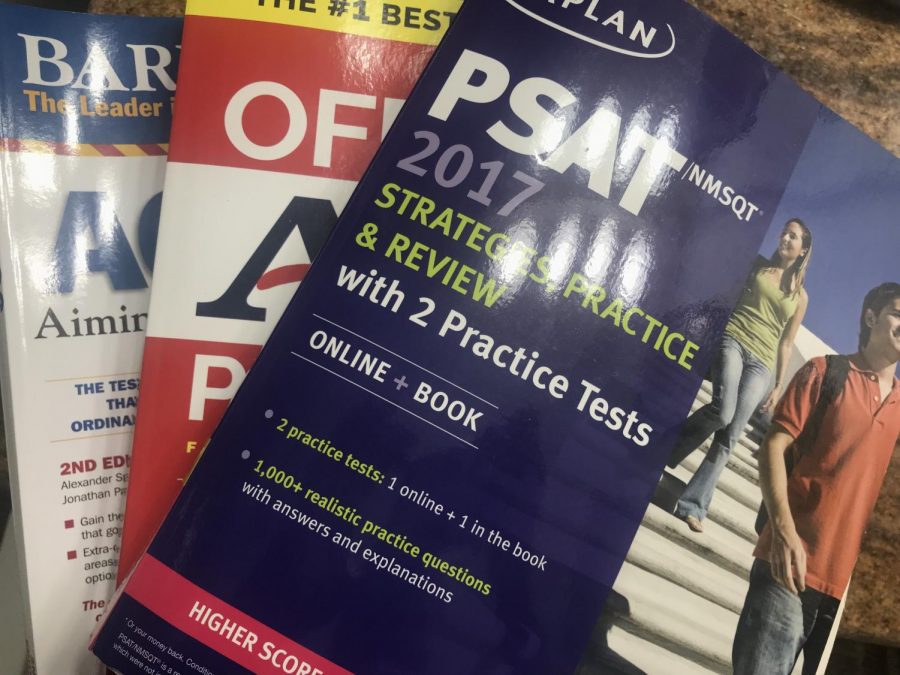The College Board Strikes Again
How do we measure students’ adversity?
May 31, 2019
If you were to describe how much adversity you had faced, where would you fall on a scale of 1 to 100? It’s this precise question that the College Board aims to answer in their new initiative to tackle inequalities within the college admissions process. They call it the Environmental Context Dashboard (ECD), which measures how a student’s surroundings have interfered with their ability to perform on standardized tests.
The College Board touts factors such as median family income and poverty rates, as well as the climate of their school itself, which translates to a number between 1 and 100 that would theoretically measure the amount of adversity or hardship a student has faced throughout their life. In theory, this idea seems beneficial to students and colleges alike, as the playing field levels out.
However, the College Board has decided to keep quiet about the intricacies of this new policy, allowing only admissions officers to see students’ ‘adversity scores’ and remaining quiet about the nature of the reporting. It is in this “algorithmic black box” that the College Board goes wrong.
In the wake of Operation Varsity Blues, the college admissions scandal, and the notion that the rich almost always have greater opportunities afforded to them, we understand the necessity of these adversity score reporting. It’s simple: people with more money have more opportunities to pay for SAT and AP tutoring and are, thus, afforded greater academic success. Students in lower income brackets often have to deal with factors outside of school, which the adversity score attempts to reconcile.
Over the past decade, the College Board has been criticized for its focus on coaching and income, rather than actual scholastic ability. With schools across the nation moving away from submitting SAT or ACT scores, these organizations may soon struggle to stay relevant. This could be the reason that the ECD, or adversity report, is being put into place. This measure could prove necessary to colleges themselves in understanding the struggles of students.
However, the idea of an algorithm itself brings into question its validity. In an internet-based world, we increasingly rely on these codes for decision making, when they may be making the wrong assumptions and gathering the wrong kind of data. Amazon used a hiring model that ended up being discriminatory against women and black people. While these may be the path to the future, it’s clear that it needs to be worked on. And, to base a student’s entire future on an algorithm that may not work seems dangerous.
But, of all the questionable tactics the College Board uses, perhaps the greatest is the notion that students won’t be able to access the information it reports. If they misreport a student’s environment, it could mean the difference between getting into a school and not. And, with all the intrigue and uncertainty surrounding the algorithm, it seems dangerous to give the College Board the power to operate with this kind of information. It brings us back to the question of “who gets to decide whether students have faced adversity or not?”
Is adversity measuring race, social class, mental state, or something entirely different? The College Board’s lack of information about the process leads us to believe that they may not even know what they’re judging kids on. And, this is exactly where the danger begins.













